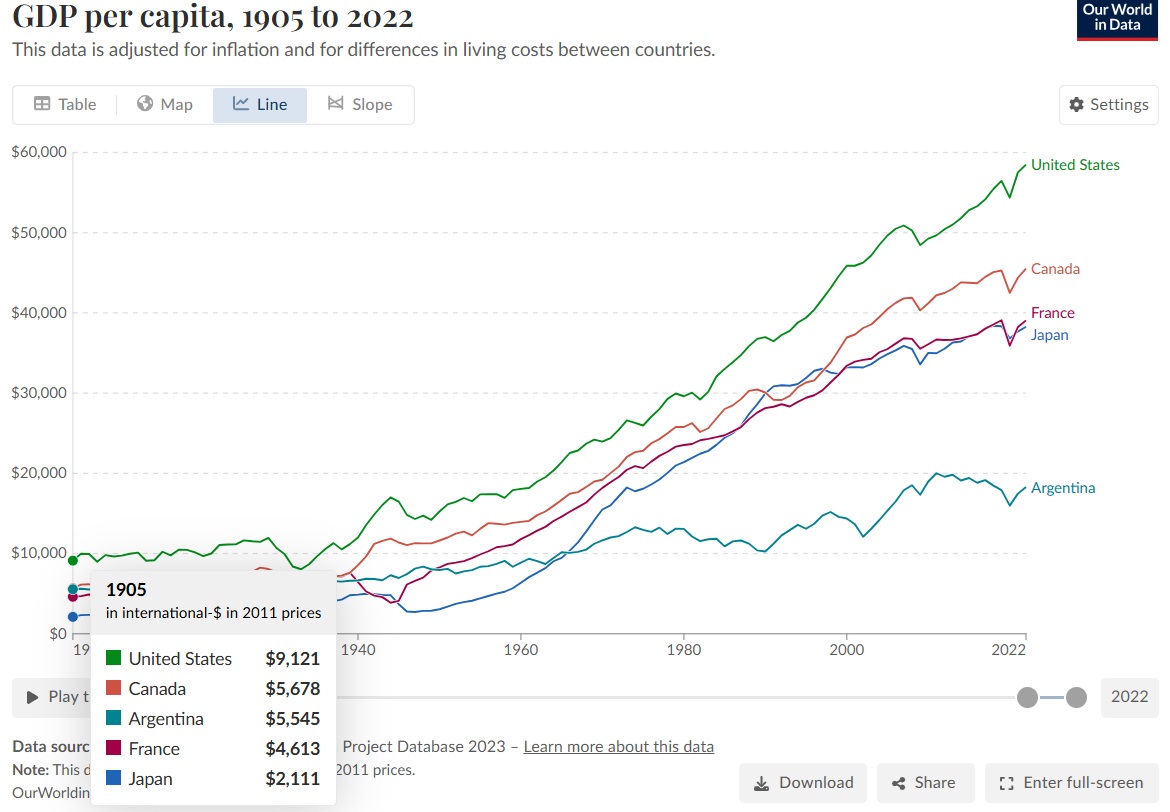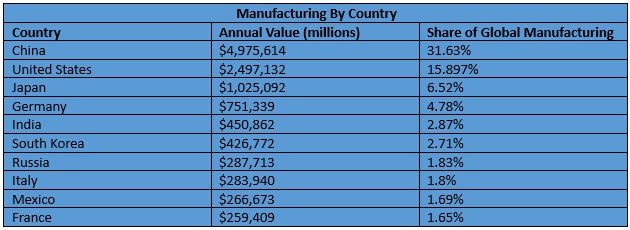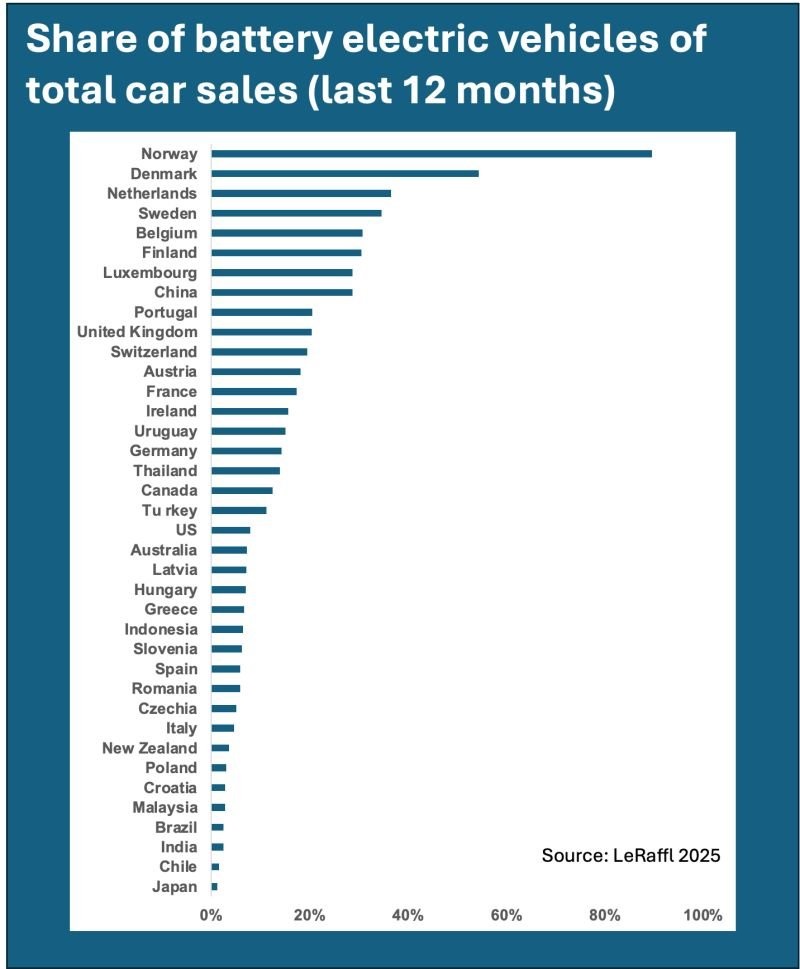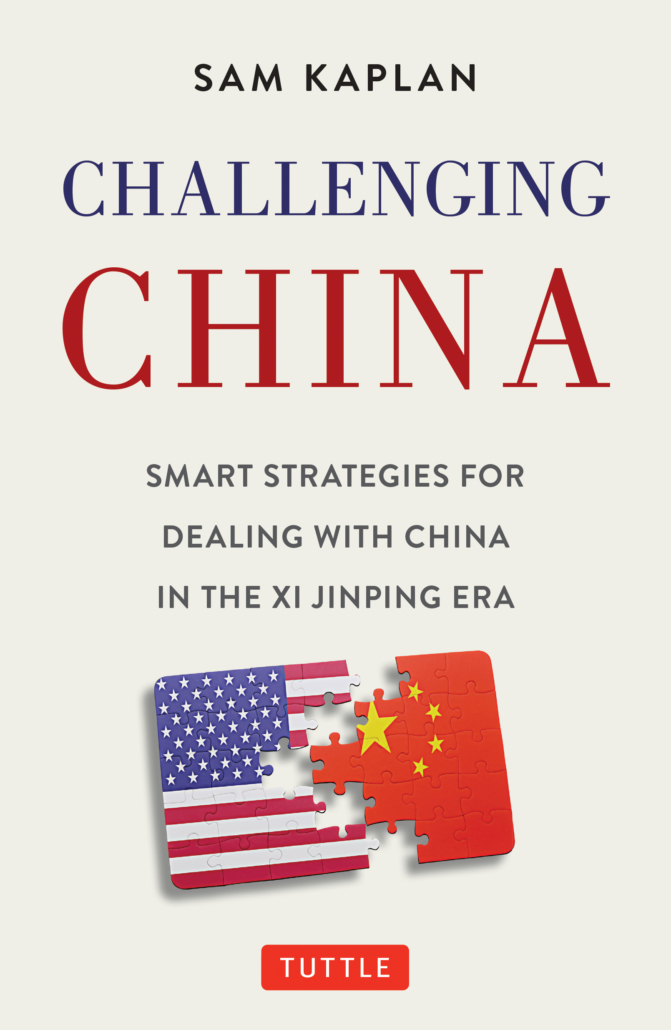When we worked for U.S. Representative John Miller six thousand seven hundred and fifty-three years ago, he served on the House Foreign Affairs Committee. The Chair of the Committee was Dante Fascell, an old-time politician from Florida, though like many Floridians, originally from New York. He was a gruff guy but not without some amiability. When he disagreed with you, he would never say so explicitly during a Committee meeting. Instead, after your Member of Congress was done speaking Fascell would say, “I don’t understand” or sometimes “I’m confused.” This did not mean Fascell actually did not understand your Member’s point or was confused. He was a very smart, well-prepared guy and understood exactly what the Member’s argument was. Fascell, when saying he didn’t understand was pronouncing, without saying it out loud, that he disagreed and you were screwed in whatever legislative attempt you were making.
At one Committee meeting where we were marking up legislation, my boss was speaking up for an amendment he had offered and I had worked on. We had dutifully talked with a number of Congressmembers on both sides of the aisle getting votes lined up. We had done our homework in subcommittee but had never received an official answer from the Chairman’s staff. When John was done speaking, Chairman Fascell said, “I don’t understand….” I didn’t even hear the rest of the sentence. John and I looked at each other with “we’re totally screwed and have lost” looks in our eyes. Occasionally I deploy Chairman Fascell’s tactic when I’m in meetings, including one I was in yesterday morning. I said to one of the participants after they made what I thought was a crazy proposal, “I don’t understand, I’m confused.” If this person had known Dante Fascell, a great American from the old school, they would have known their proposal was doomed (a rare occasion when I had the power to squash something). But I do understand why I’m offering a parable of Argentina, am not confused about who are the top manufacturing countries and know perfectly well the ramifications of China’s latest battery breakthrough. It’s this week’s International Need to Know, the anti-Liberation day of international information, the free trade of global data.
Liberation Day Update: Lots of people were contacting us during Liberation Day. The main comment we have is when you are basing your economic policy on falsities and madness, you will come up with catastrophic remedies. Yesterday Trump used a chart showing the alleged tariff rates of other countries on U.S. goods and announced his “reciprocal tariffs” in response. Except the tariff rates of these countries listed in the chart were derived by taking the U.S. trade deficit with that country and dividing by the country’s exports to the U.S. That number bears no relation to that country’s tariff rate. For example, EU tariffs on U.S. goods were listed as 39%, which is more than ten times the actual average rate. Until a large majority of America realizes they are being played for suckers, the Republic, its economy and freedoms are in grave danger.
Next week will be our liberation week. International Need to Know returns on April 17th.
Without further ado, here’s what you need to know.
A Parable of Argentina
Over the last year, many people applauded Argentinian President Javier Milei for turning around his country’s economy with tough economic policies. He has been cutting spending and deregulating the economy and at the same time its inflation rate has come down and there have been green shoots of economic growth. But the country still faces tough challenges and there are signs of yet another impending financial crisis. However, we are not here to referee Milei’s policies and their effects. Rather, we want to remind people that in 1905 Argentina had one of the largest economies in the world. Back then an economic prognosticator sitting at their oak desk, chewing on a fat cigar, drinking some whisky might have assumed Argentina would be a great 20th century success story. Alas, instead there was much political instability in Argentina. Economic policies—from protectionism and trade barriers to chronic fiscal deficits and debt led to a variety of economic crises, high inflation and a long, slog to economic irrelevancy. Argentina placed high tariffs on goods, implemented export restrictions and accumulated large amounts of debt. Our cigar-chomping analyst of 1905, if he were revived today, would be disappointed in the state of Argentina and the challenges Milei is grappling with. He might look around and ask which countries in 2025 will end up like Argentina? He might wonder which countries with seemingly bright futures will instead descend into a wasted century.
Who Manufactures?
We attended a talk by Derek Thompson this week, co-author of Abundance, which calls for a ”Liberalism that builds.” But which countries currently build or manufacture? We’ve written that China now accounts for nearly 30 percent of manufacturing, twice second place America. Who are the top manufacturing countries after those big boys?. As you can see in the table below, Japan ranks third, followed by Germany and South Korea. Germany, the U.S. and Japan have long been manufacturing stalwarts. But China and South Korea are relative newcomers, emerging over the last three decades. It’s important to remember that things change. We keep that in mind as we look at the sixth-largest manufacturing country in the world, India. We expect it will climb into the top five before the end of this decade. Which begs the question: who falls out of the top five? Indonesia, at number eight, might also climb. Mexico is number seven. What happens over the next three years will have a large impact on its economy. Surprisingly, Italy is in the top ten. But for how long? Who builds and why is an important question. But we should also remember that even as a country builds more, automation does not mean it will employ significantly more people in the manufacturing sector. We do need a liberalism that builds, one that allows for a robust manufacturing sector, including in the clean energy sector, the industry Abundance focuses on. But making it easier to build will not lead to more employment in the manufacturing sector.
China Corner: China’s Big Battery War
A few weeks ago, we mentioned in passing that BYD, the largest EV manufacturer in the world, now has a vehicle battery that charges in five minutes—a real game-changer since it takes that long to fill up a car with gas. But as we keep reminding you, China’s extensive supply chains allow it to continue to iterate improvements. Consequently, news came this week from Inside EVs that Chinese car company “Zeekr has unveiled an even more powerful charger than BYD’s…The Geely-owned carmaker says its ultra-fast chargers can deliver up to 1,200 kW (1.2 megawatts) of power.” But Huawei—yes, that Huawei–says it will announce on April 22nd a charger “which promises to deliver 1.44 MW of power.” As Inside EVs notes, “There is an electric vehicle charger power war happening right now in China as the country’s biggest automotive names battle it out for supremacy.” China is an innovation leader across a variety of technologies. The country has a host of challenges, but also lots of strengths, including its technology sectors.




